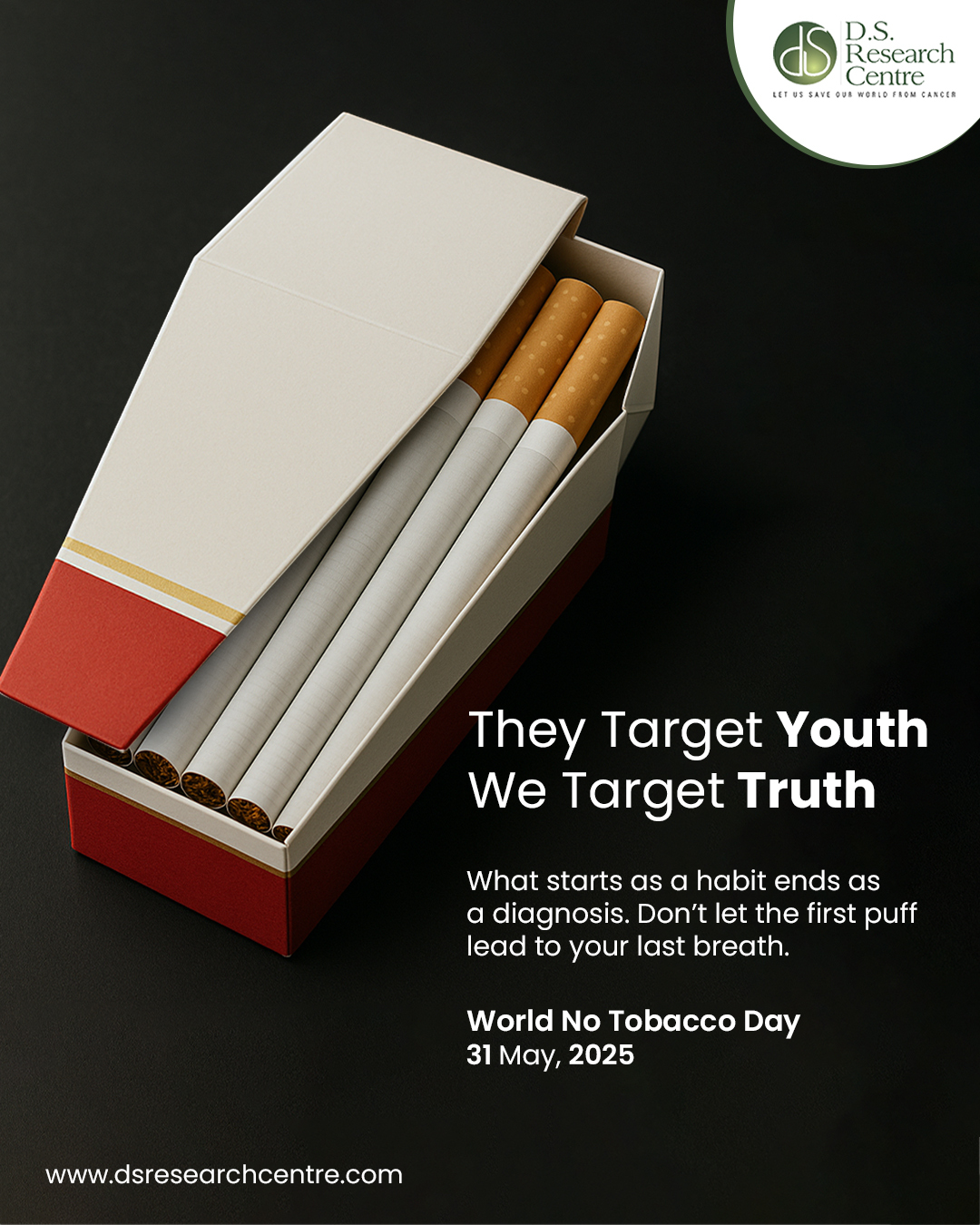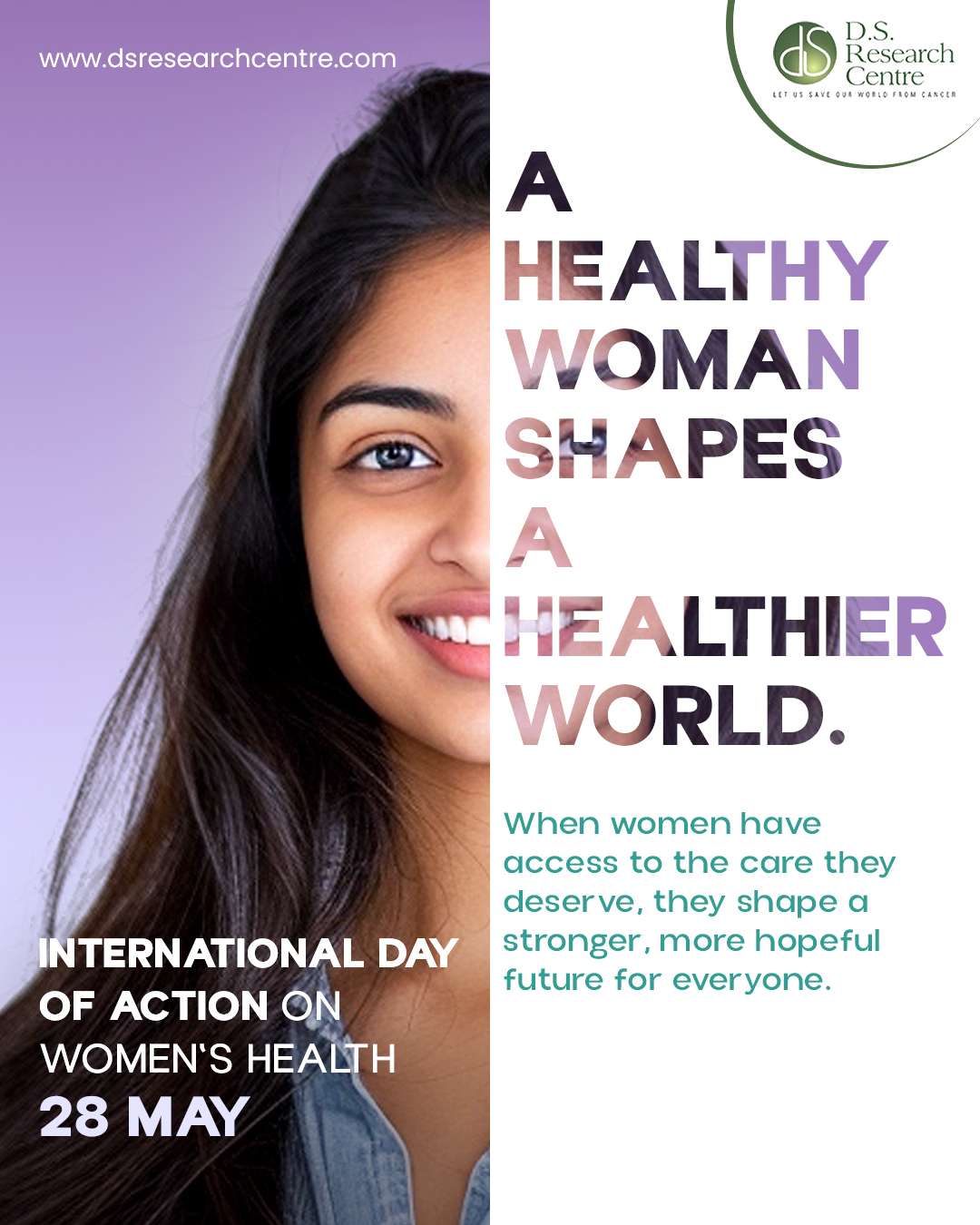Gender equality refers to “the equal rights, responsibilities, and opportunities of women and men and girls and boys. Equality does not mean that women and men will become the same, but that women’s and men’s rights, responsibilities and opportunities will not depend on whether they are born male or female.” – United Nations. Gender equality is a crucial indicator of a sustainable future taking into account each and every person, as it is a human rights issue.
Gender inequality is in fact a vicious cycle. This cycle differs in each setting, including home, academic institution (primary to higher education), health care, and workplace. It starts with basic gender stereotypes and rigid gender roles followed over ages. Gender inequality in terms of nutrition and health is another very undermind issue.
Gender bias or rigid gender roles that are being practiced in our daily lives might seem like a micro issue but these practices also contribute to stress, deprivation of nutritious meals, and deteriorating health. According to Maslow's Hierarchy of life, food is one of the most basic human physiological needs. A human body needs food to function, but for optimum health, a person needs nutritious food.
About one in five women (18.7 percent) of reproductive age (15-49 years) in India are with a body mass index (BMI) of less than 18.5, which is considered malnourished. (Source: NFHS 4 2015-16)
The reasons at the forefront for malnourishment might be:
a) No awareness of the relation between food, health, and its influence on the next generation
b) Belief that women need less food than men, thus consuming less and excluding necessary food groups from the diet
c) Age-old practice of eating after serving everyone in the house, eating last, and eating least
d) Lack of availability of food due to the financial status of the family leads to unequal distribution
of nutritious food between both genders
e) Dependence on the accessibility of food to the male counterpart
f) Lack of education amongst women and early marriage and child birth.
These factors contribute to malnourishment in adolescent girls, who become malnourished mothers and give birth to malnourished offspring. Women are at greater risk of iron deficiency or folate deficiency which increases the risk of maternal mortality (113/100,000 live births; as per SRS data), infant fortality (28.3 deaths per 1,000 live births), and neural tube defects, and cognitive impairment.
Navanethem Pillay, Former United Nations High Commissioner for Human Rights stated some very crucial aspects that help us understand how maternal mortality is not just a public health issue but also the result of several unfulfilled rights of women. The risk of maternal mortality increases with a woman being malnourished and deprived of hygienic surroundings, safe drinking water or sanitation due to where she lives and her economic or financial status. A woman is at higher risk if she lacks education, bears a child at the age of 15-19 or even younger, a victim of domestic abuse and sexual exploitation. Exposure to HIV/AIDS puts her in the face of discrimination due to which she might lack necessary care, access to good food, and health care.
It has presented before us a clear picture of how gender bias or inequality and maternal mortality are intertwined. In the majority of social and educational settings, neither boys nor girls are being educated on why taking care of the nutrition of a woman helps in securing the family financially as well as emotionally or how the mother’s health influences the offspring’s health. Lack of education adds to the risk as she does not have information on what is right and wrong for her, low confidence, and resources to fight for her rights.
Gender-specific roles which bound a woman to be the sole caretaker of the family burden her with all household chores, preparation of food, taking care of the children as well as elders of the house, and other miscellaneous activities. In doing so she often gets little to no time to eat and the food that she eats is mostly the leftovers. In most social settings the women are expected to serve everyone and eat last, which deprives them to eat a wholesome meal. The burden of work leads to a lack of time for rest which leads to stress psychologically as well as physically. Several times, these women work outside of the home to support their families financially too. All the factors added lead to the exploitation of a woman's nutritional needs and health.
To overcome gender inequality in terms of nutrition and health care following steps can be taken:
a) Educating men and women about myths and creating awareness to break age-old practices that negatively affect woman’s health
b) Educating on the nutritional needs of women and how it can secure a family financially by eliminating inter-generational deficiencies
c) Empowering a woman to voice against child marriage, physical or sexual abuse, etc.
d) Making small lifestyle changes at home by raising the children without any gender bias.
e) Empowering women to be financially independent so that food accessibility does not become a barrier.
f) Programs that do not only distribute food items but make changes at ground level that impacts nutritional exploitation
Times have changed, many mountains have been moved, and milestones being achieved however, there is still a long way to go in achieving gender equality. We can say that we are still in the infant stage. When we start accepting that there are flaws in the system, not only it will empower women but take the burden off the man too.
A boat sinks if there’s an imbalance on both ends so we try to spread out, same is with gender equality. Numerous aspects of building a safe and secure society, reducing the burden of malnutrition and related health disorders from the health care system, eradicating generational deficiencies, and removing poverty are entangled with gender equality. Thus, it is said that “Gender equality for a sustainable future.”

ERADICATING MALNUTRITION CAN CONTRIBUTE TO THE ECONOMIC GROWTH OF
THE NATION TOO.








Posted on April 15, 2016
Posted on April 15, 2016